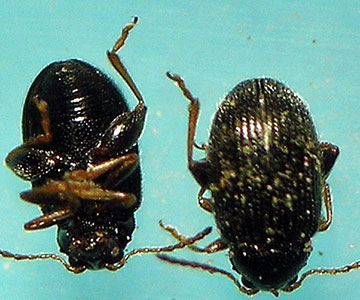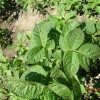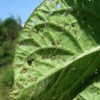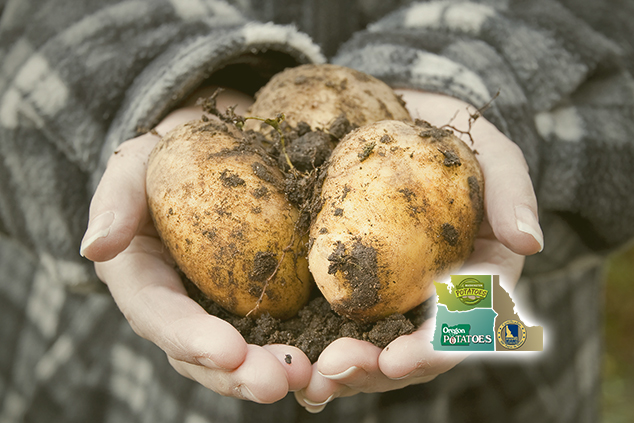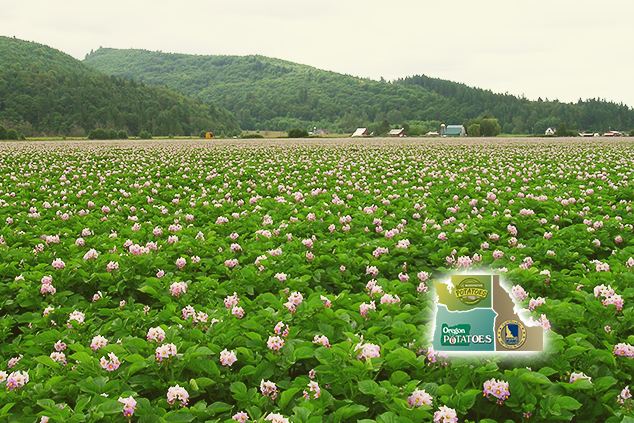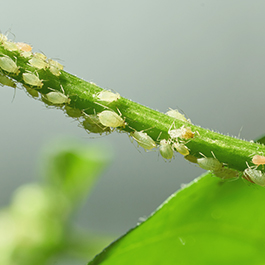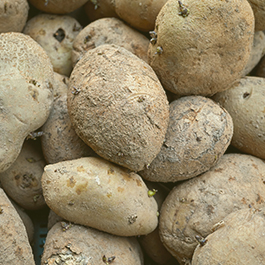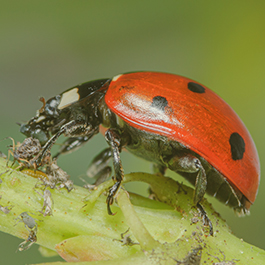Flea Beetle (Epitrix tuberis)
General Biology and Crop Damage:
Three species of flea beetles – the western potato flea beetle (Epitrix subcrinita), the tobacco flea beetle (E. hirtipennis), and the tuber flea beetle (E. tuberis) – are known foliage feeders in Pacific Northwest potato fields. Of these, only the tuber flea beetle seriously injures potato tubers. All are very small beetles, about 1/8″ long.
All three species have yellowish-brown legs. The tuber flea beetle tends to be dull black, whereas in bright light the western potato flea beetle has a distinct bronze luster. The tobacco flea beetle tends to be brownish in color with a darker brown to black irregular band across the body. It is not unusual to find flea beetles of the genus Phyllotreta in potato fields feeding on various weeds. The flea beetles that do not feed on potatoes have black legs.
The damage to potato tubers by the tuber flea beetle is almost identical to that of symphylans and can be separately identified only with great difficulty. Both tuber flea beetles and symphylans sometimes live in the same field.
Biology and Life History:
As adults, tuber flea beetles overwinter buried in the soil in and around potato fields. There are 2 to 3 generations annually in growing areas west of the Cascade Mountains, which are the areas primarily affected by flea beetles. The first generation begins with the overwintered adult flight from late May to late June. Mating and egg laying can continue for up to a month. Generally, the larval stage takes about 3 weeks to complete, followed by a 2 week pupation period.

